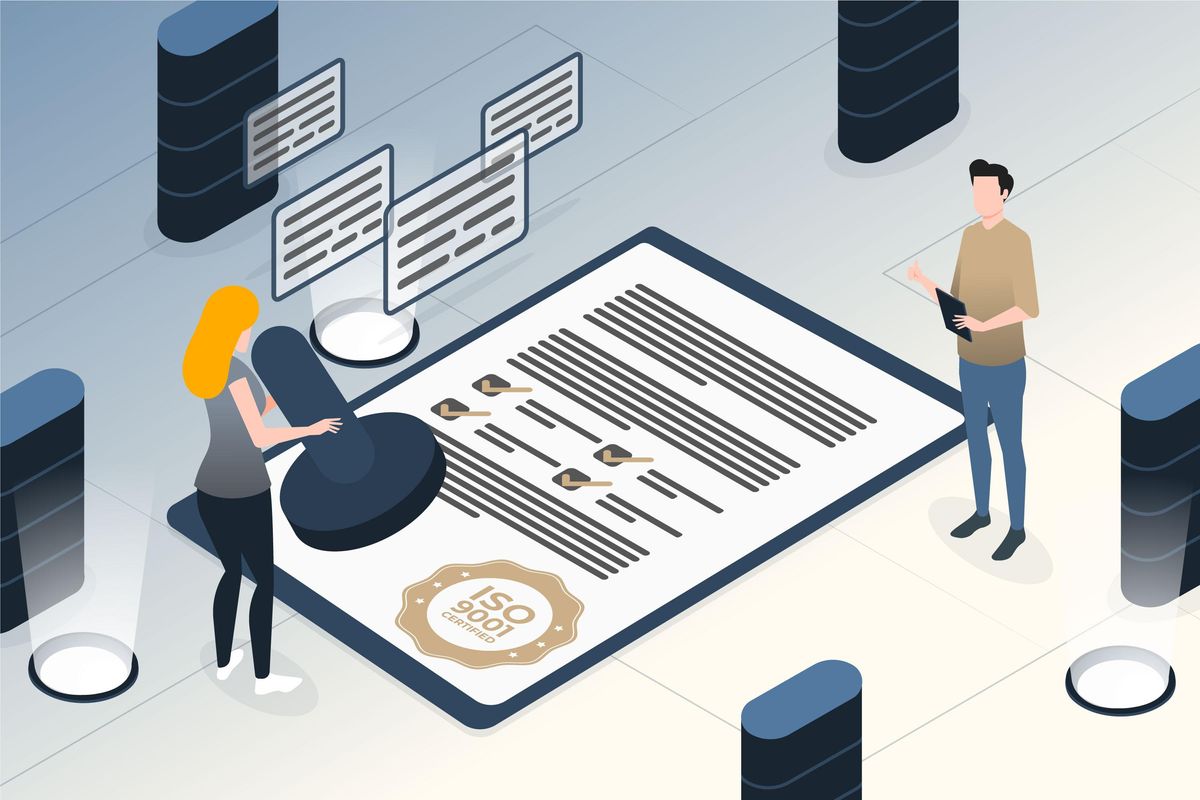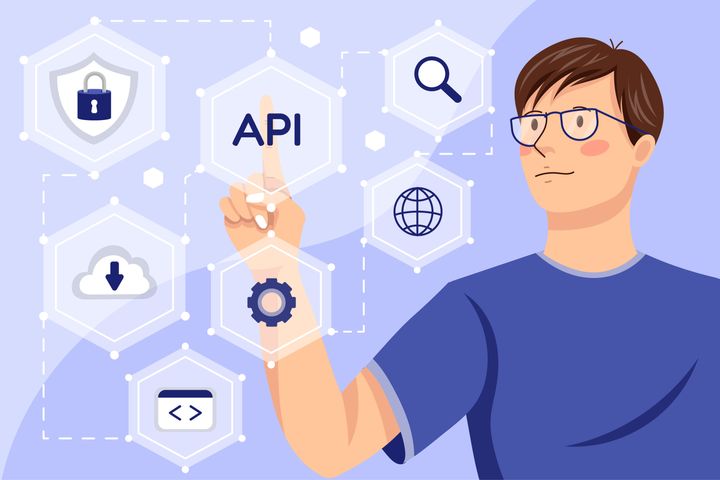API Testing: Strategies for Ensuring Quality and Reliability
API testing is crucial to ensure the quality, reliability, and compatibility of your APIs. Explore effective strategies and best practices to optimize your testing efforts and deliver exceptional user experiences.

Testing your APIs for optimal performance and reliability
In today's rapidly evolving digital landscape, APIs play a crucial role in connecting various applications and systems. As APIs become more complex and critical to businesses, it becomes imperative to thoroughly test them to ensure their quality, reliability, and compatibility. In this comprehensive guide, we will explore effective strategies and best practices for API testing that will help you identify and address issues, ensure seamless integrations, and deliver an exceptional user experience.
Let's dive into the world of API testing and discover how you can optimize your testing efforts for superior performance.
Understanding the Importance of API Testing
Before we delve into the strategies and best practices for API testing, let's first understand why it is crucial in today's software development landscape. API testing allows you to ensure that your APIs are functioning as intended, delivering accurate and consistent responses, and handling errors gracefully. By thoroughly testing your APIs, you can identify and fix issues early in the development cycle, saving time and resources in the long run.
API testing helps you:
- Verify the functionality and behavior of your APIs
- Validate the input and output data
- Detect and handle errors and exceptions
- Evaluate performance and scalability
- Ensure compatibility with different platforms and systems
Key factors to consider in API testing:
- Test coverage: Ensure that your test cases cover all possible scenarios and edge cases.
- Test data management: Use realistic and diverse data sets to simulate real-world conditions.
- Test environment: Set up a dedicated environment for testing to avoid interference with production systems.
- Test automation: Leverage automation tools and frameworks to streamline testing processes and improve efficiency.
- Security testing: Validate the security measures implemented in your APIs to protect against potential vulnerabilities.
Effective Strategies for API Testing
To ensure effective API testing, it is essential to employ a combination of strategies that cover various aspects of functionality, performance, and security. Let's explore some key strategies that can enhance the quality and reliability of your APIs.
1. Functional Testing:
Functional testing focuses on verifying the core functionality of your APIs. It involves testing different endpoints, request and response formats, error handling, and authentication mechanisms. By thoroughly testing the functional aspects of your APIs, you can ensure their proper functioning and compliance with the expected behavior.
- Performance Testing:
Performance testing evaluates how well your APIs perform under different load conditions and stress levels. It helps you identify performance bottlenecks, such as response time delays or resource limitations, and optimize your APIs for optimal scalability and responsiveness. Performance testing should include load testing, stress testing, and endurance testing to simulate real-world usage scenarios.
- Security Testing:
Security testing is crucial to ensure that your APIs are protected against potential vulnerabilities and unauthorized access. It involves validating authentication mechanisms, checking for input validation and sanitization, evaluating encryption and data privacy measures, and conducting penetration testing to identify potential security breaches. A comprehensive security testing strategy helps safeguard sensitive data and prevents potential security threats.
- Compatibility Testing:
Compatibility testing ensures that your APIs work seamlessly across different platforms, operating systems, and devices. It involves testing for compatibility with various browsers, versions, and third-party integrations. By conducting comprehensive compatibility testing, you can optimize the user experience and ensure that your APIs function consistently across different environments.
- Error and Exception Handling:
Error and exception handling testing focuses on validating the behavior of your APIs when faced with unexpected or erroneous inputs. It involves testing how your APIs handle edge cases, invalid data, and error conditions. Robust error and exception handling ensure that your APIs provide meaningful error messages, maintain data integrity, and gracefully recover from errors.
Best Practices for API Testing
In addition to adopting effective strategies, following best practices can further enhance the quality and reliability of your API testing efforts. Let's explore some key best practices that you should consider when testing your APIs.
1. Test early and test often:
Start testing your APIs early in the development cycle and continue testing at regular intervals. This helps identify issues at an early stage, allowing you to address them before they become more complex and costly to fix.
- Use realistic test data:
Create diverse and realistic test data sets that simulate real-world scenarios. This ensures that your APIs are tested under various conditions and help identify potential issues that may arise with different types of data.
- Leverage test automation:
Automation tools and frameworks can significantly improve the efficiency and accuracy of your API testing. Automate repetitive tasks, such as test case execution and data setup, to save time and resources while ensuring consistent and reliable results.
- Prioritize security testing:
Given the increasing number of cyber threats, it is crucial to prioritize security testing for your APIs. Regularly assess the security measures implemented in your APIs, perform vulnerability scanning, and conduct penetration testing to identify and address potential security vulnerabilities.
- Document and share test results:
Maintain comprehensive documentation of your API test cases, including the expected results and actual outcomes. This documentation serves as a valuable reference and helps in troubleshooting and future enhancements. Share the test results with the development team and stakeholders to ensure transparency and collaboration.
Conclusion
API testing is a critical component of the software development lifecycle, ensuring the quality, reliability, and compatibility of your APIs. By following effective strategies and best practices, you can identify and address issues early, optimize performance, and deliver exceptional user experiences. Embrace API testing as an integral part of your development process, and unlock the full potential of your APIs.
API testing plays a pivotal role in delivering high-quality and reliable APIs. By understanding the importance of API testing, implementing effective strategies, and following best practices, you can ensure that your APIs perform optimally, offer exceptional user experiences, and meet the evolving needs of your users and stakeholders. Invest in robust API testing practices to gain a competitive edge in the digital landscape.
Frequently Asked Questions (FAQs)
Q. What are the common tools used for API testing?
A. Some popular tools for API testing include Postman, SoapUI, JMeter, Newman, and RestAssured.
Q. How often should API testing be performed?
A. PI testing should be performed regularly throughout the development cycle, starting from the early stages of development and continuing with each release and update.
Q. What is the difference between unit testing and API testing?
A. Unit testing focuses on testing individual components or units of code, while API testing involves testing the functionality, compatibility, and performance of APIs as a whole.
Q. How can I ensure compatibility with different platforms and systems?
A. To ensure compatibility, conduct thorough compatibility testing across different platforms, operating systems, and devices. Test your APIs with various browsers, versions, and third-party integrations to identify and address compatibility issues.
Q. Is security testing necessary for APIs?
A. Yes, security testing is crucial for APIs to protect against potential vulnerabilities and unauthorized access. It helps ensure data privacy, validate authentication mechanisms, and prevent potential security breaches.
Remember, comprehensive API testing not only helps detect and fix issues but also builds trust and reliability among your users and stakeholders. Prioritize testing efforts and invest in the right tools and frameworks to enhance the quality and performance of your APIs.




